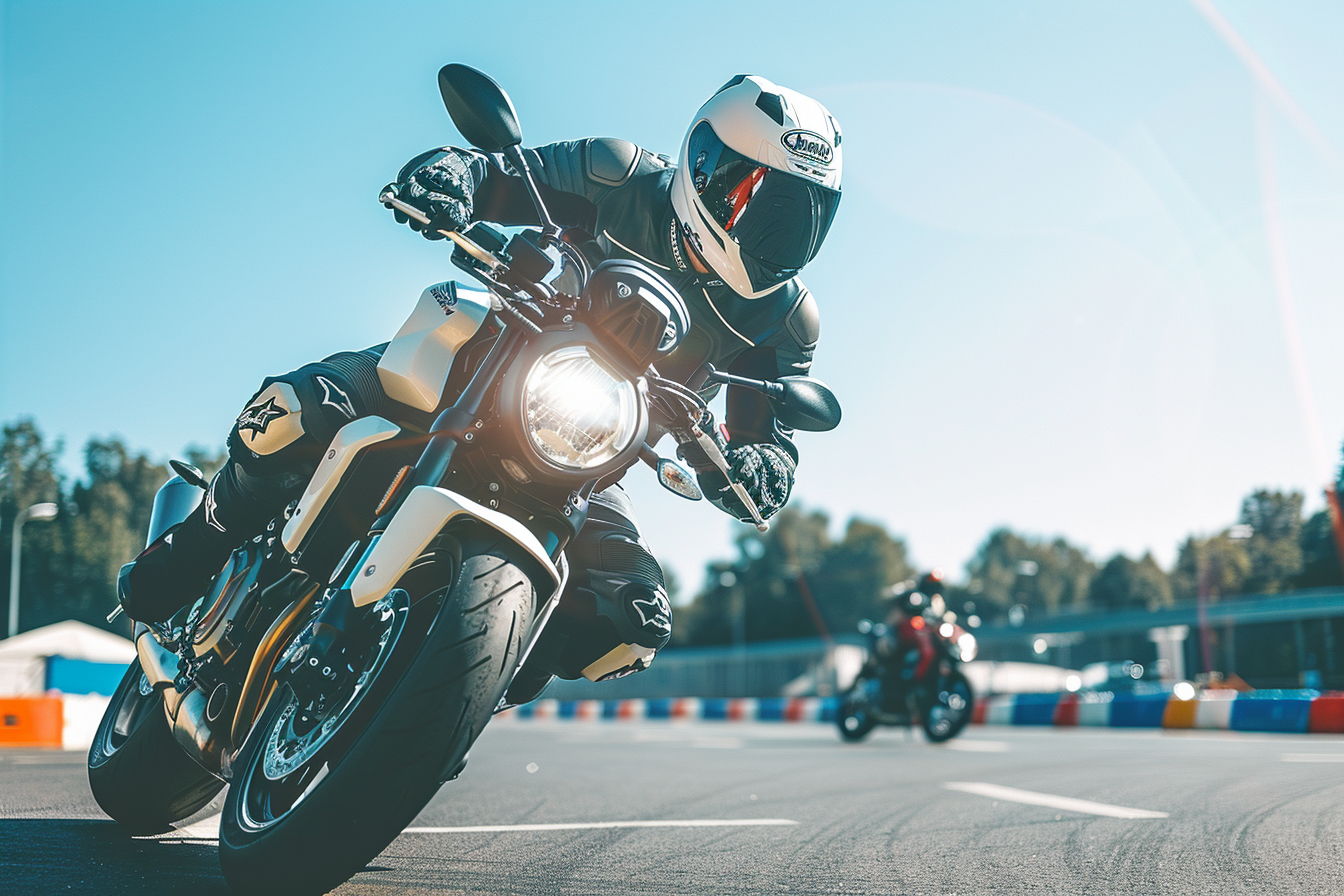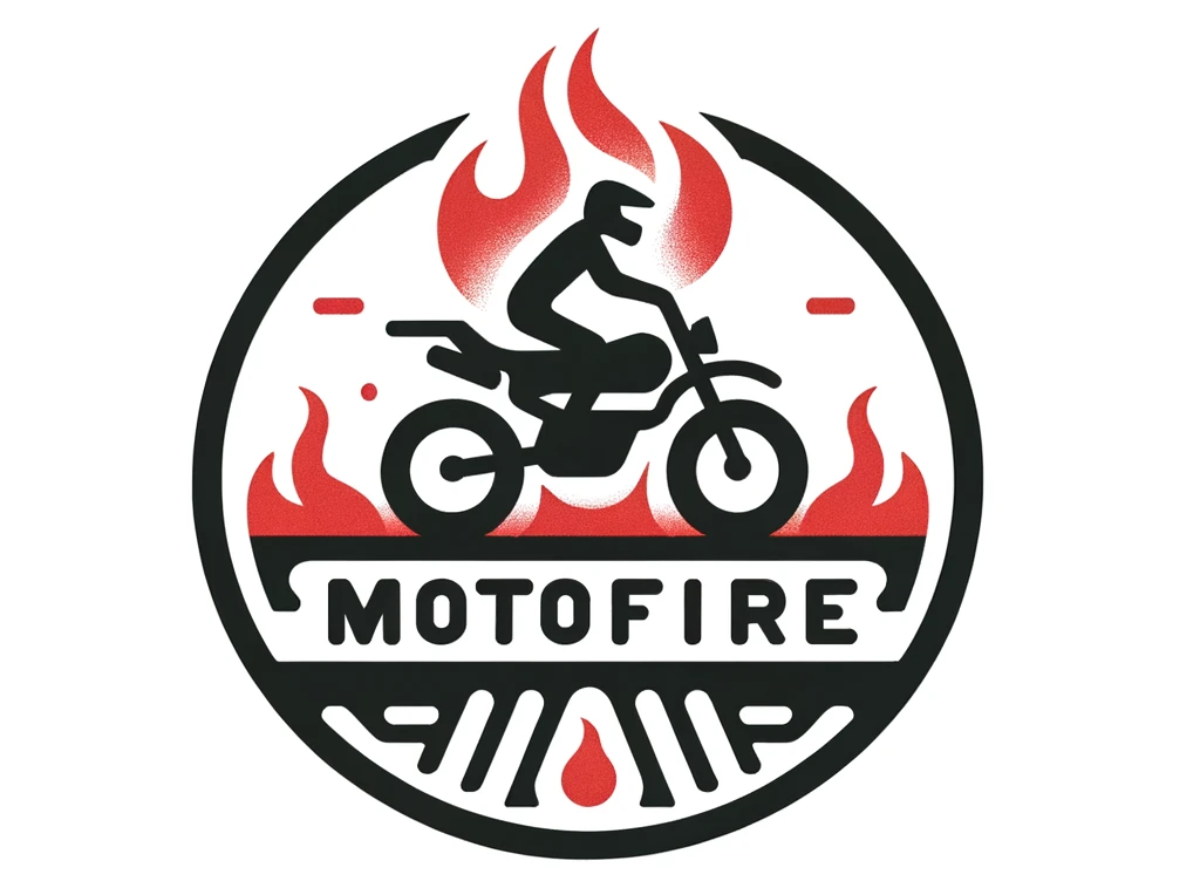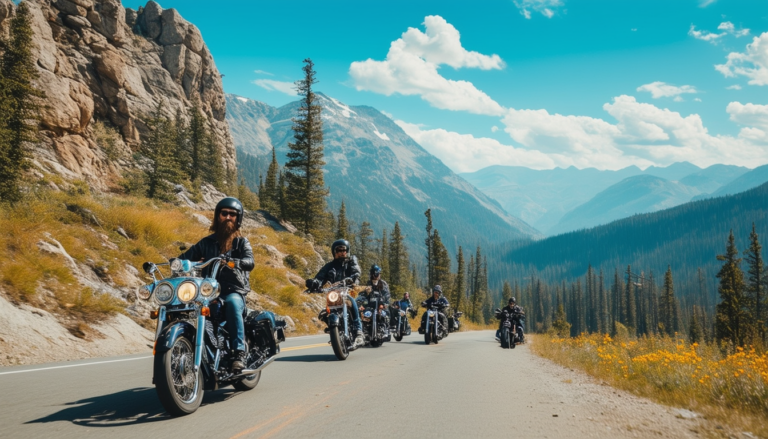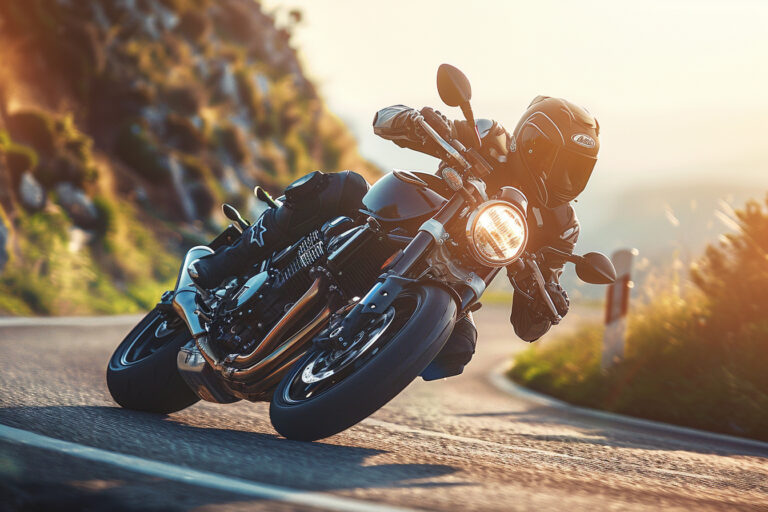Is learning to ride a motorcycle difficult?

Embarking on the Two-Wheeled Journey
Learning to ride a motorcycle stirs a blend of excitement and anxiety in most beginners. While the idea of zipping through the streets with the wind in your face can be exhilarating, the reality of maneuvering a heavy machine comes with its challenges. But, how difficult is it to learn to ride a motorcycle?
Understanding the Machine
Motorcycles come with their unique set of controls, dynamics, and demands. While they may seem intimidating at first glance, understanding the machine is half the battle won. Motorcycles are less stable than cars and require a different skill set. You’ll need to master the clutch and throttle coordination, learn to balance at low speeds, and navigate using countersteering at higher speeds.
Harley Davidson, Kawasaki, and Honda offer a range of beginner-friendly bikes that are designed to make this learning curve smoother. Opt for a model that matches your skill level; starting with something too powerful can make learning much more difficult and potentially dangerous.
Physical Demands
Unlike driving a car, riding a motorcycle requires more physical interaction. You need to use your entire body to control and balance the bike, which can be physically demanding especially for long periods or on challenging routes. The good news is, like any physical skill, your strength and endurance will improve over time with practice.
Essential Training
The best way to ensure you are off to a safe start is to enroll in a motorcycle training course. These courses, often offered by the Motorcycle Safety Foundation (MSF), provide a mixture of classroom instruction and real-world riding experience. Here, you start by learning the basics in a safe environment before progressing to more complex skills.
Licensing and Legal Requirements
Before hitting the road, you’ll need to be aware of your local licensing requirements. Most places require a special motorcycle license or an endorsement on your driver’s license. Passing a written test, as well as a road or skills test, is usually part of the process.
Practice Makes Perfect
Practice is essential to building confidence and skill on a motorcycle. Start in controlled environments like empty parking lots. Begin with simple maneuvers and gradually progress to more complex routes and traffic situations. Remember, every rider starts at the beginning, and it’s through continuous practice that the motions become second nature.
Developing Road Awareness
Riding a motorcycle also means developing a heightened sense of road awareness. You’re more vulnerable to the elements and less visible to other drivers. Learning to anticipate other vehicles’ actions and road conditions becomes crucial.
Conquering the Mental Hurdle
Beyond the physical and skill-related aspects, there’s a mental component to riding. It involves sharpening your focus, managing fear, and fostering a responsible attitude toward riding. Remember that confidence comes with time, and so does the ability to enjoy the ride safely.
In conclusion, the difficulty of learning to ride a motorcycle depends on the individual’s coordination, physical capability, and determination to master the necessary skills. With dedication, structured learning, and ample practice, most can overcome the challenges associated with motorcycle riding, paving the way for an enjoyable and freeing experience on the open road.






